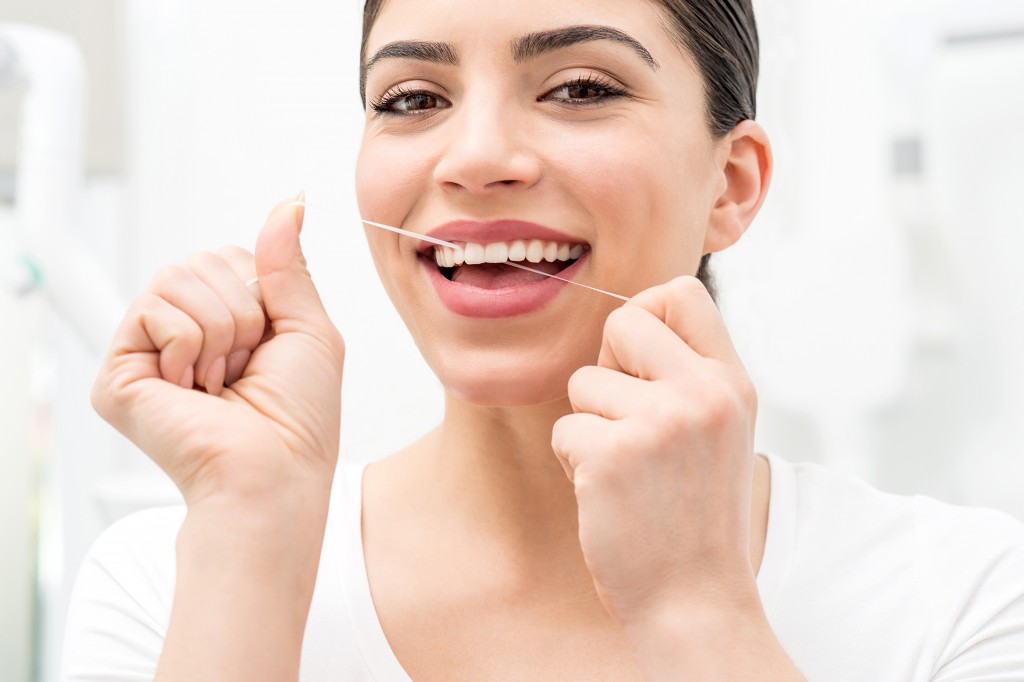How we take care of our teeth affects our overall health. In fact, a healthy set of teeth are great indicators of good well-being. A bright smile can go a long way to boost our confidence, especially during social and business situations. Others even turn to orthodontists to fix teeth alignment issues and jaw irregularities. That is why it is not a surprise why many of us prioritize good oral health when keeping a balanced lifestyle.
Today, people have access to a wealth of information about maintaining proper oral care. Aside from our dentist’s advice, one Internet search leads to thousands of articles about the newest dental innovations and tips to get those pearly whites. Yet, misconceptions and myths still exist through word of mouth and the Internet. Worse, some people fall into the trap by following disproven dental facts, leading to unintended dental problems.
As much as possible, we don’t want to put our oral health at risk. We want to take care of our smiles and stay away from wrong practices that result in irreversible damages. To ensure good oral care for everyone, we are debunking some of the most common dental myths and misconceptions and the actual truth behind them.
Myth#1: You’ll get rid of dirt in your teeth if you brush harder.
Fact: Putting too much force when brushing teeth will only do more harm than good. Intense brushing erodes the hard enamel that protects the insides of the teeth from decay and cavities. But people believe that the more pressure they apply when brushing will get the teeth clean, but this approach will only affect the gums and enamel.
This also applies when using a medium- or firm-bristled toothbrush. Their brushes can damage the root surface, protective tooth enamel, and gums. Some may even notice their gums end up bleeding if they are using hard-bristled brushes or applying too much strength when brushing. Brushing lightly and using a soft-bristled toothbrush is still the most comfortable and safest choice.
Myth#2: Flossing isn’t necessary and will only create spaces between the teeth
Fact: The 2015-2020 Dietary Guidelines for Americans created a controversy in the dental industry as they removed flossing from its recommendations. The American Dental Association (ADA) has firmly promoted flossing as a part of preventative oral care to prevent cavities, gum diseases, and bad breath. But the U.S. federal government decided to remove daily flossing from their list of recommendations that had been a part of the guideline since 1979.
The lack of research and scientific evidence about flossing is the reason why the federal government removed the recommendation. This is in response to the rule that all recommendations should have adequate and clear research.
But despite the lack of strong evidence and research doesn’t mean flossing should not be a part of our dental routine anymore. The omission of the recommendation did not prevent dentists all over the world to endorse flossing to their patients. They strongly believe that flossing is still the best way to remove all the dirt buildup between the teeth, which brushing cannot do.
Myth#3: Sugar is the main cause of tooth decay and cavities.

Fact: While eating plenty of sweets increases our chances for tooth decay, there’s still plenty of food and habits that lead to dental issues. Aside from processed sugar and other sweet treats, chips and crackers might even cause greater harm to our teeth. That’s because chips and crackers are starchy foods containing carbohydrates that can cause plaque formation. The process works as the starch helps the sugar to stick to our teeth, making it easy for plaque to form.
Myth#4: Whiter teeth indicate good oral health.
While it feels good to flash our pearly whites, having white teeth isn’t a fool-proof sign of good oral health. Someone who has clean, white teeth may still suffer from infections, cavities, and dental problems.
Our teeth have always been naturally white, but their color also varies as we age. They can turn yellow and darker through smoking, aging, medication, and food stains. Still, no matter how clean and white your teeth look from the outside, consulting a dentist is still the best way to ensure you are free from any dental issue.
There are still plenty of dental myths we have uncovered, but these are some common misconceptions circulating both in the online and offline environment. As new developments in oral care happen every day, we must take the initiative to research and fact-check whatever information we encounter. In times of confusion, it is best to consult dentists to learn about the best ways to keep our oral health in good shape.

